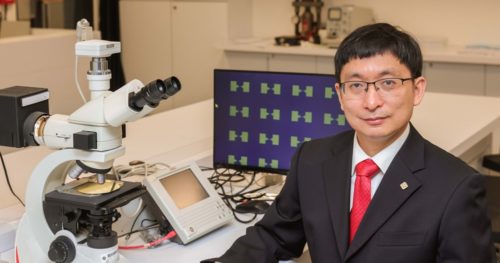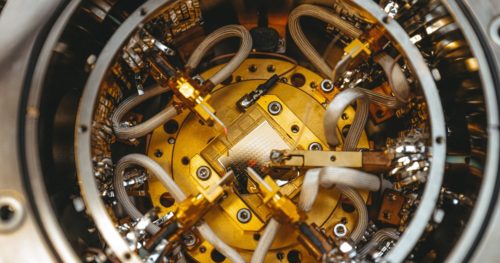Thanks to a new breakthrough by experts from Hong Kong and South Korea, future driverless vehicles and industrial cameras may have human-like vision!
Researchers at Hong Kong Polytechnic University (PolyU) and Yonsei University in Seoul have developed vision sensors that mimic and even surpass the ability of the human retina to adjust to different lighting levels. “The new sensors will greatly improve machine vision systems used for visual analysis and identification tasks,” says Dr Chai Yang, Associate Professor, Department of Applied Physics, and Assistant Dean (Research), Faculty of Applied Science and Textiles, PolyU, who led the research.

Instead of relying on backend computation, the novel bioinspired sensors developed by Dr. Chai’s team may offer a solution by immediately adjusting varied light intensities using the sensors. The human eye adapts to various degrees of illumination, from very dark to very brilliant, and vice versa, allowing us to accurately recognise things in a variety of lighting circumstances. “The human pupil may help adjust the amount of light entering the eye,” explains Dr Chai, “but the main adaptation to brightness is performed by retina cells.”

The novel sensors developed by Dr. Chai’s team have an impressive effective range of up to 199 decibels, compared to only 70 decibels for traditional silicon-based sensors. To do so, the researchers used a dual layer of atomic-level ultrathin molybdenum disulphide, a semiconductor with unique electrical and optical properties, to create light detectors known as phototransistors.
Arrays of these phototransistors make up each of the new vision sensors. They are designed to look like the rod and cone cells in the human eye, which are responsible for detecting dim and strong light, respectively. As a result, the sensors can identify things in a variety of lighting conditions, as well as flip between and adapt to varied brightness levels—with a range that is even greater than the human eye.
“The sensors reduce hardware complexity and greatly increase the image contrast under different lighting conditions,” says Dr Chai, “thus delivering high image recognition efficiency.”
The research was published in Nature Electronics. Click here to access it.








